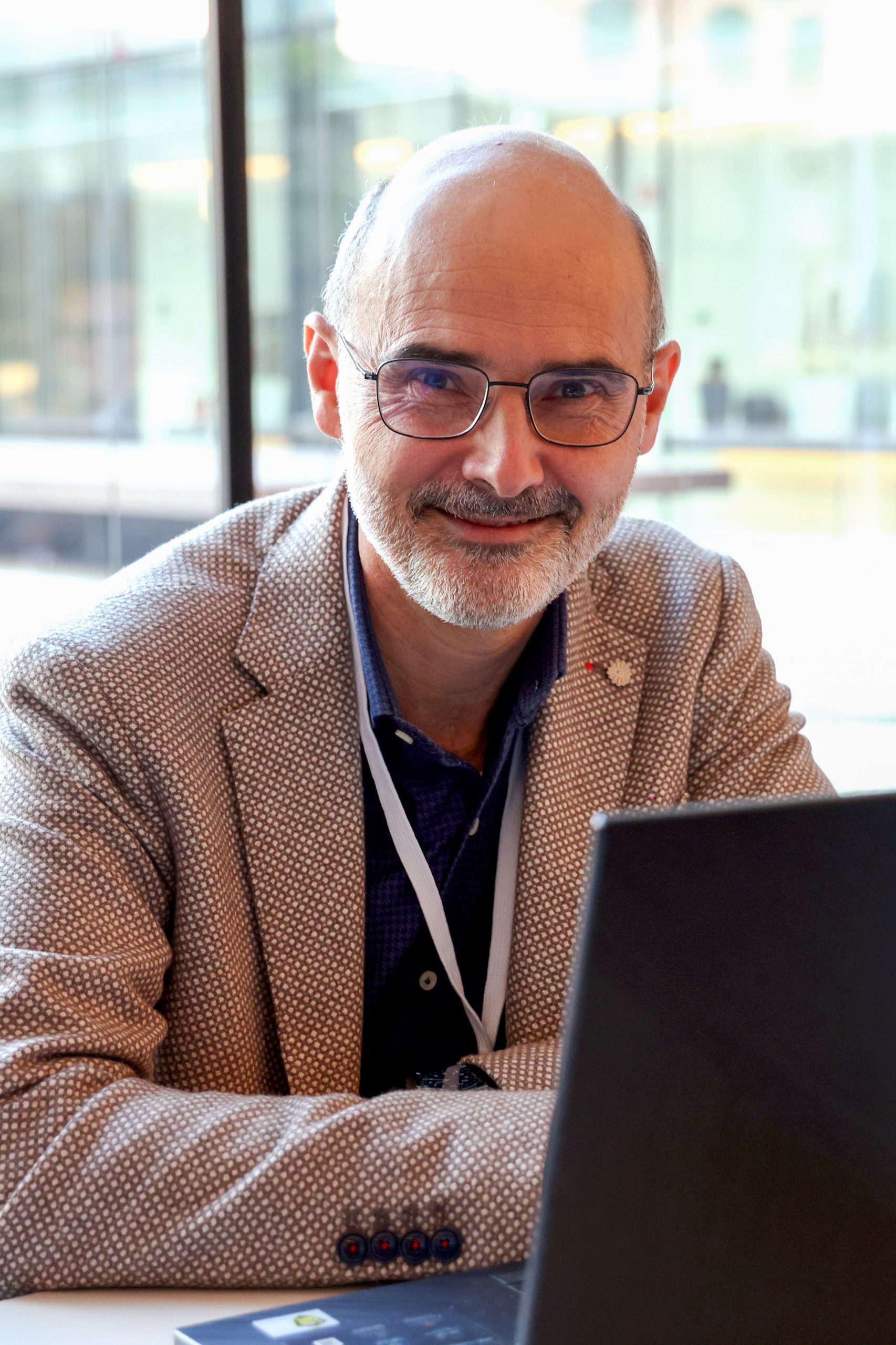
ORCID ID: 0000-0002-4371-1211
Curriculum: Clinical Neuroscience
Tutor: Professor Cesare Cornaggia
Supervisor: Professor Cecilia Perin
Workplace: the research project will be held mainly at the “Villa Santa Maria” Institute. Other research institutes affiliated with the University of Milano-Bicocca will be involved.
Giulio Valagussa is a second-year PhD student in Neuroscience (clinical curriculum). He obtained his Batchelor’s in Physiotherapy at the University of Insubria (2006) (grade 110/110 cum laude), and his Master of Science degree in “Rehabilitation Science” at the University of Genoa (grade 110/110 cum laude) in 2017, with a Thesis titled “Quantitative assessment of tip-toe behaviour in individuals with Autism Spectrum Disorder: a cross-sectional study”. As a clinician, he works with both children who present neurodevelopmental disorders and adults who complain of musculoskeletal disorders, particularly persistent pain. Since 2017, his main research interest has been on sensorimotor issues in children and adolescents with Autism Spectrum Disorder. His scholarly contributions include 9 publications in international, peer-reviewed journals, 6 of them as first author. Furthermore, Giulio has provided several contributions at different national and international Congresses in the field of Autism and Physiotherapy, as session moderator and presenter of oral communications and posters.
PhD research project
Sensorimotor features of children with autism spectrum disorder and tip-toe behaviour
Autism spectrum disorder (ASD) is a complex neurodevelopmental disorder resulting in impaired socio-communicative interaction, restricted interests, and repetitive behaviour. The ASD prevalence in Italy is 1 in 126 children. There is increasing evidence that persons with ASD also have motor impairments. Between the motor impairments, toe walking (i.e., walking on the toes without a heel strike upon initiation of the stance phase of gait) can be a finding during ASD gait assessment. Since this motor behaviour can also be observed during standing and running, it has been suggested to use the broader term tip-toe behaviour (TTB). A relationship between TTB severity and Achilles tendon shortening was found, which in turn can influence the risk of falling of individuals with ASD. At this moment there is no clear explanation because some persons with ASD and TTB develop an Achilles tendon shortening while others no. Still, TTB can also be present in several clinical conditions and children with a neurotypical development (i.e., idiopathic toe walking). TW prevalence in children with ASD has been estimated at 20-30%, higher than in individuals with neurotypical development. Today, TTB etiology is not well understood and the proposed treatments are symptom based. Between the etiological hypothesis there is the sensori-motor modulation and/or integration deficits hypothesis. To our knowledge there are no studies in the literature that have investigated the sensory and motor characteristics of these people simultaneously using standardized tools.
Our interest lies in examining the sensorimotor profile of children with ASD, both with and without intellectual disability, who exhibit or do not exhibit the clinical signs of TTB.
Clinical scales and questionnaires will be utilized to conduct the comparison evaluation, which will be distinct for subjects with and without cognitive impairment, as some tools have been validated for subjects with intellectual capacity in the norm.
Our aim is to investigate the sensorimotor profile in:
– children with ASD and without intellectual disability who exhibit or don’t exhibit TTB
– children with ASD and intellectual disability who exhibit or don’t exhibit TTB.
Additonal details
Other links to get further info:
-
Scopus: 57193903257